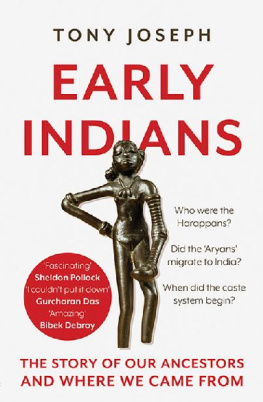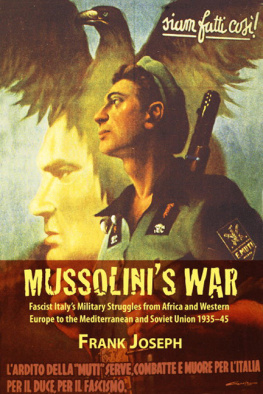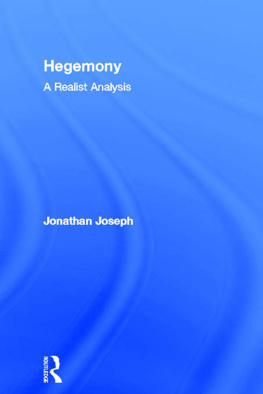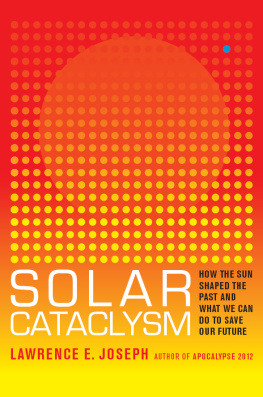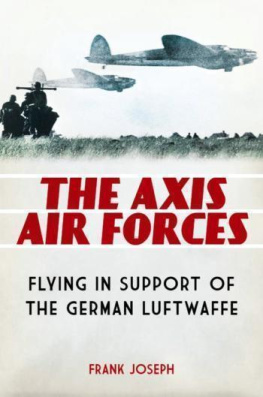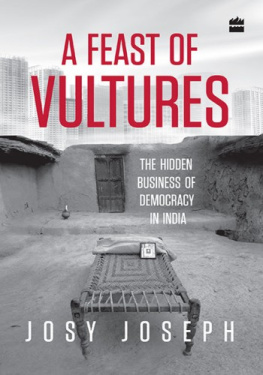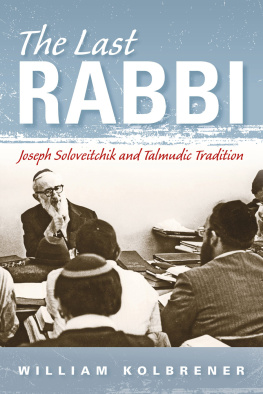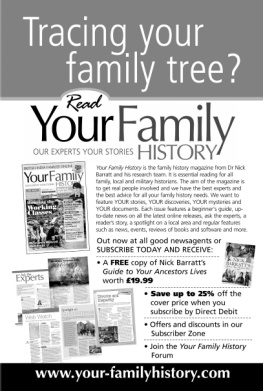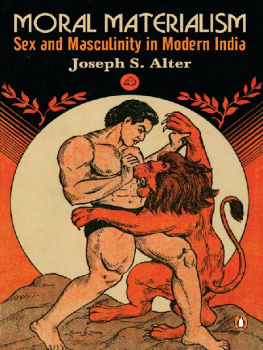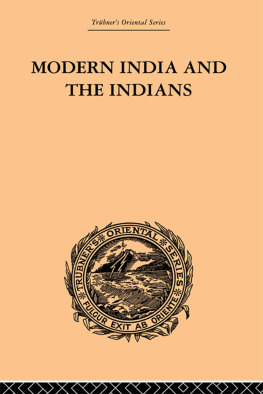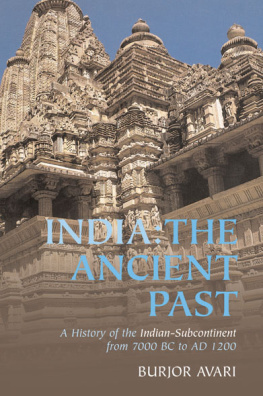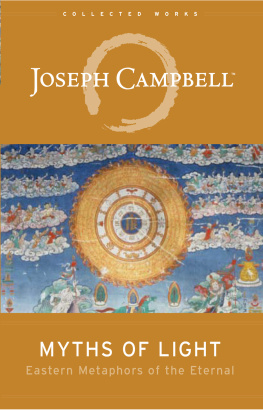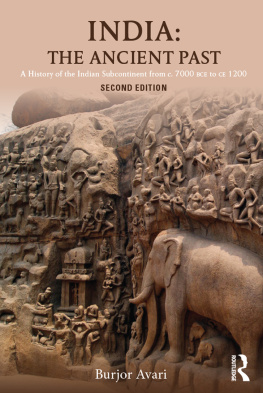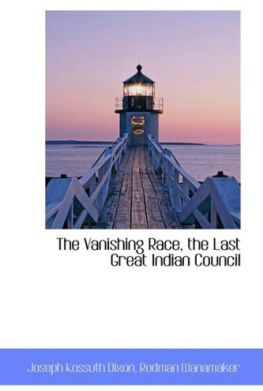
Early Indians
Early Indians
The Story of Our Ancestors and Where We Came From
Tony Joseph

If you really want to know who we are, and how we got here, this is the book for you. A thrilling account of our extraordinary past I couldnt put it down. Gurcharan Das
An amazing book, written in an engaging style... It grabs your interest from the first sentence. Bibek Debroy
At a time when the issue of the peopling of the planet by anatomically modern humans is becoming hotter and hotter, Tony Joseph has admirably cooled it down. He goes deep into recent developments in ancient DNA studies on human remains and delves into the issue of the Aryan Migration. This is a vexing issue and not so easy to conclude. However, Joseph has marshalled multidisciplinary data from archaeology, linguistics, genetics and literature to support his stand on the issue. This is perhaps the most scientific way of presenting the Aryan debate. Lucidity is the hallmark of this book. Ravi Korisettar
Intellectual omnivore Tony Joseph offers an enjoyable meander through a minefield of how our ancestors got here. Pranay Lal
Masterful and unbiased reconstruction of human presence in India using evidence from archaeology, ancient and modern history, linguistics, geography and genetics, with a tilt on genetic evidence. Partha P. Majumder
Joseph deftly and brilliantly summarizes new findings of genetics that definitively solve old problems in South Asian history, and show we are all migrants and, ultimately, kin. A timely, fascinating and courageous book. Sheldon Pollock
There has been a lot of controversy about the origins of various populations, and in India, much of this is driven by a quasi-religious ideology. It is therefore refreshing to see how recent advances in DNA sequencing from people of various ethnicities as well as remains of ancient people is shedding light on the origins, migration and intermixing of people throughout history. In this very readable account, Tony Joseph has distilled the results of recent research and his book should be of interest to anyone curious about the waves of migration and intermixing that resulted in the rich tapestry that makes up the people of todays India. Venki Ramakrishnan
DNA studies of Indians dating to the millennia BCE confirm that they were a mixed population, and at a particular time included migrants from Central Asia. Given that these are initial studies their readings require circumspection when equating DNA identities with those from other sources. Tony Josephs perceptive summary suggests how this new information might help clarify some of our understanding of the early past. Romila Thapar
Tony Josephs book provides a remarkably accessible overview of the early stages of ancient Indian history, starting with the immigration from Africa of current humans to the age of the Vedas. He provides evidence from several fields of scientific enquiry, notably archaeology, linguistics, ancient texts and the very recent study of ancient genes (aDNA). The latter is currently revolutionizing ancient history not just of India but also of Europe, Africa and South America.
Accordingly, T. Joseph lays to rest the question about the origins of the so-called (Indo-)Aryans and their settlement in ancient India which has basically been politically motivated, especially for the past 40 years. As common in scholarship, not all individual scholars may agree on all questions and conclusions (such as the nature of the Indus civilization and its relation with the origin of the Dravidian speakers). However, finally, a firm basis for writing the history of ancient India is laid. The various sciences, in the end, lead us from darkness to the light of insight. Michael Witzel
JUGGERNAUT BOOKS
KS House, 118 Shahpur Jat, New Delhi 110049, India
First published by Juggernaut Books 2018
Copyright Tony Joseph 2018
The international boundaries on the maps of India are neither purported to be correct nor authentic by Survey of India directives.
Passages quoted from Who We Are and How We Got Here: Ancient DNA and the New Science of the Human Past (2018) by David Reich are reprinted by permission of Oxford University Press.
Passages quoted from Greater Magadha: Studies in the Culture of Early India (2007) by Johannes Bronkhorst are reprinted by permission of the author.
While every effort has been made to trace copyright holders and obtain permission, this has not been possible in all cases; any omissions brought to our attention will be remedied in future editions.
The views and opinions expressed in this book are the authors own. The facts contained herein were reported to be true as on the date of publication by the author to the publishers of the book, and the publishers are not in any way liable for their accuracy or veracity.
10 9 8 7 6 5 4 3 2 1
All rights reserved. No part of this publication may be reproduced, transmitted, or stored in a retrieval system in any form or by any means without the written permission of the publisher.
ISBN 9789386228987
Typeset in Adobe Caslon Pro by R. Ajith Kumar, Noida
Printed at Manipal Technologies Ltd
To
My parents, for everything
My wife, who made this book possible
My daughter, who is the reason I wrote it
Contents
~ 300,000 years: The age of the earliest remains of a modern human, Homo sapiens, ever found in a cave in Jebel Irhoud, about fifty kilometres from the city of Safi in Morocco.
~ 180,000 years: The age of the earliest modern human fossil found outside of Africa at a rock shelter in Misliya in north Israel.
~ 70,000 years ago: Geneticists calculate that the earliest successful Out of Africa (OoA) migration happened around this time. This migration was termed successful because these migrants are the ancestors of all of todays non-African populations. (Earlier modern humans outside of Africa have not left a lineage that is detectable today.) The OoA migrants 70,000 years ago are likely to have taken the Southern Route that would have brought them from Africa (specifically, from modern-day Eritrea and Djibouti) into Asia (modern-day Yemen) through Bab el Mandeb at the southern tip of the Red Sea.
~ 65,000 years ago: The OoA migrants reach India and are faced with a robust population of archaic humans. They perhaps take both an inland sub-Himalayan route and a coastal route, to keep themselves out of the way of other Homo species in the subcontinent who dominated central and southern India, and then move across the Indian subcontinent into south-east Asia, east Asia and Australia.
60,00040,000 years ago: The descendants of the OoA migrants populate central Asia and Europe over this period.
~ 40,000 years ago: Neanderthals go extinct in Europe, with the Iberian peninsula in south-western Europe (modern-day Portugal and Spain) being their last refuge and stand.
45,00020,000 years ago: The First Indians, the descendants of the OoA migrants in the subcontinent, start using Microlithic technology, and their population increases dramatically in central and eastern India. South Asia becomes the place where most of humanity lives. Modern humans move into what would have been long-established refuges of other Homo species in southern and central India.
~ 16,000 years ago (14,000 BCE): Modern humans reach the Americas, the last major continent to be settled in by modern humans, after crossing Beringia, the land bridge between Siberia and Alaska.
Next page
